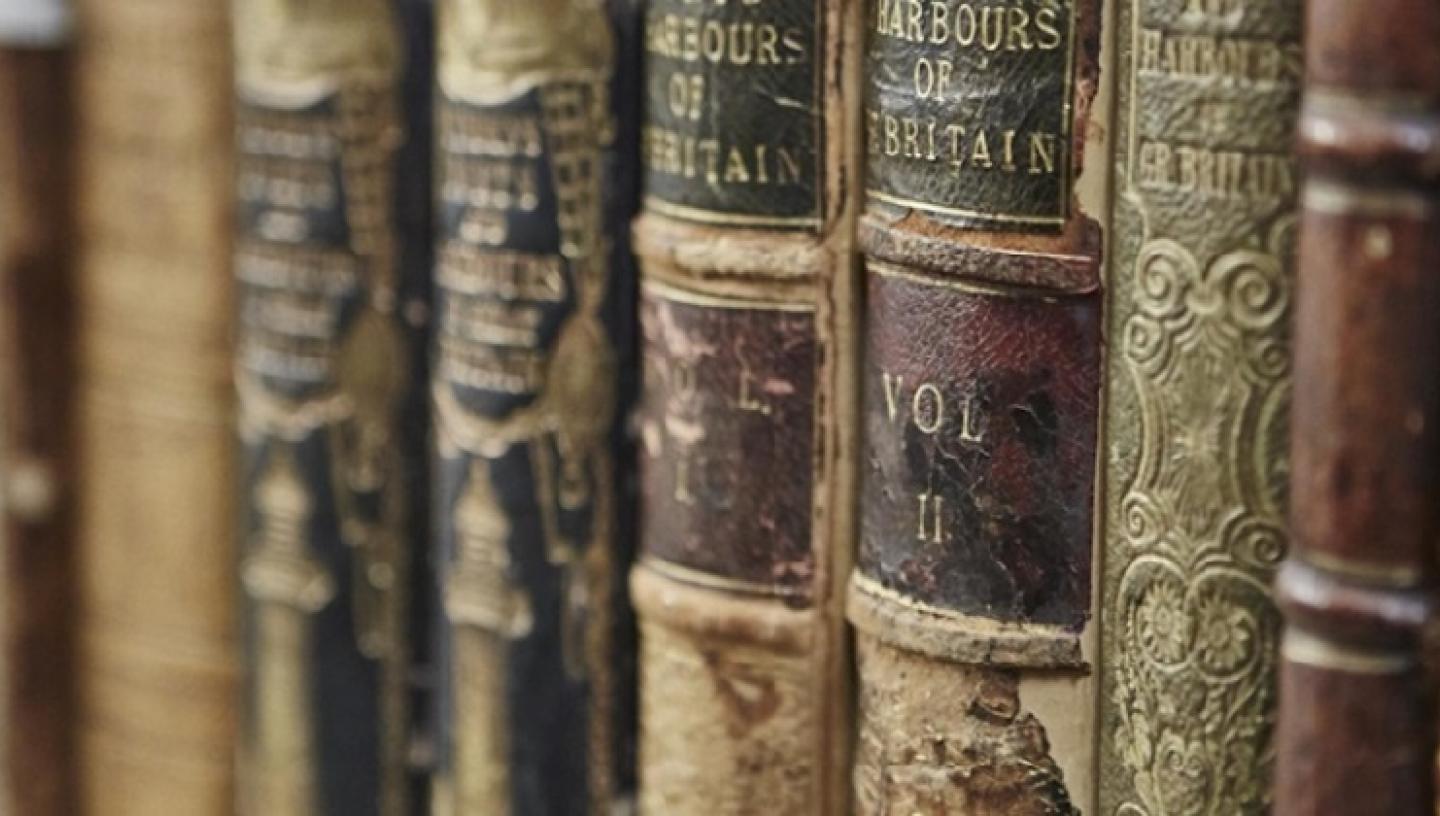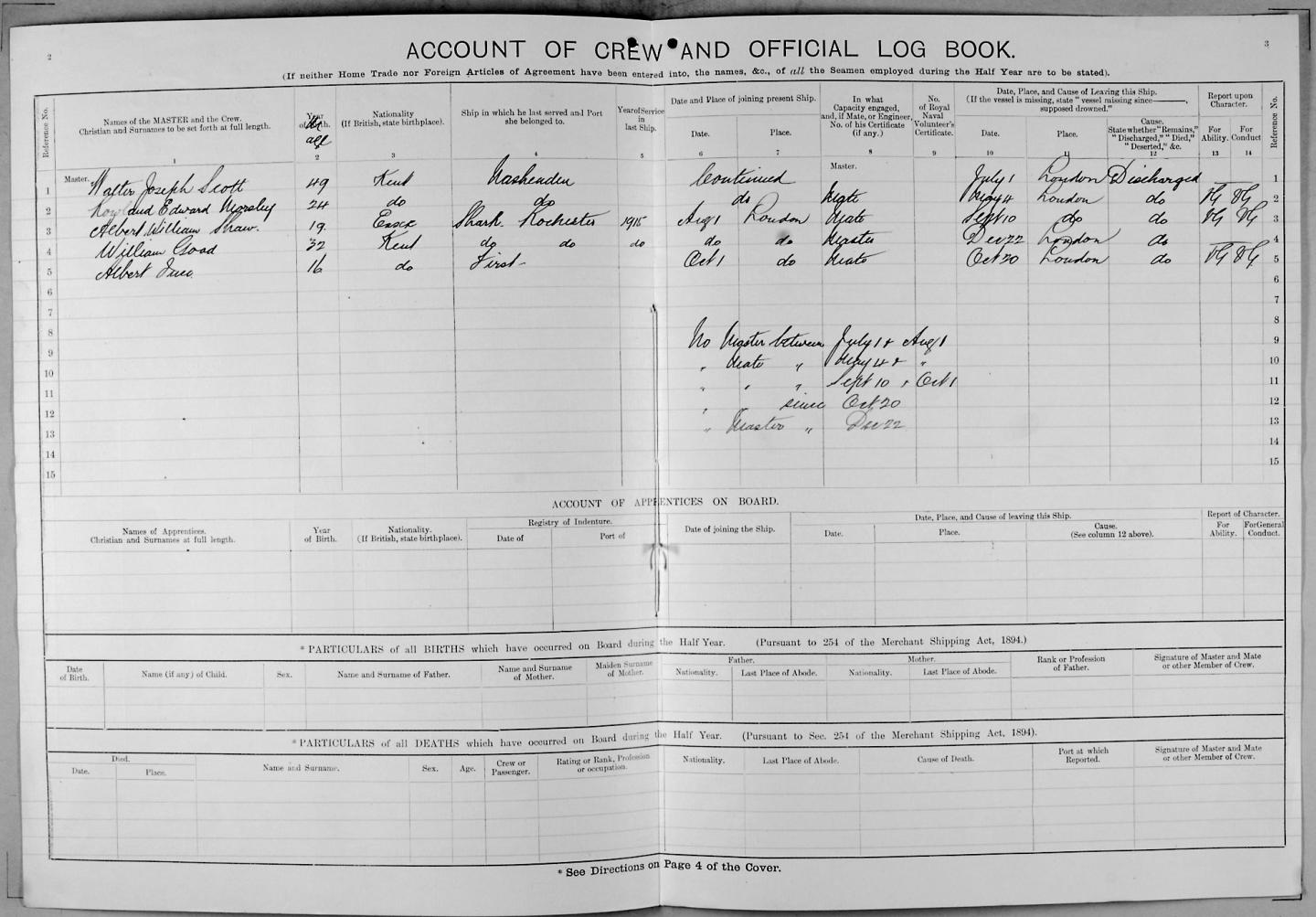
14 Dec 2017
Kent's archives contain details of many aspects of the county's maritime history including shipwrecks, salvage, smuggling and piracy.
By Stuart Bligh, Head of Research and Information
Having worked in both the Caird Library and Archive here at the Museum and at the Kent History and Library Centre (KHLC) in Maidstone I have a particular interest in Kent’s maritime history. Other counties seem to make more of their maritime heritage which is a shame as Kent’s is incredibly rich although often the focus is perhaps too much on the naval dockyards and the Cinque Ports.
Interesting collections for Kent’s maritime history
There is a far longer and broader story to tell which stretches back to some of the earliest visitors to the British Isles. As an archivist identifying the sources to unearth this history has been fascinating. We do of course have some wonderful sources here in the Caird including the Chatham Dockyard records dating back to 1669 and our collections of Merchant Navy Crew Lists from 1861-1995 and Masters and Mates Certificates from 1850-1927 both of which feature many Kent men. The records in the Kent History and Library Centre at Maidstone include those of the Confederation of Cinque Ports 1327-1960 and Dover Harbour Board c.1520-1968 but for me it’s the records of 8 coastal boroughs in Kent dating back to the 13th century which are perhaps the richest sources. The county has one of the largest and most compete collections of borough records in the country and they contain details of many aspects of Kent’s maritime history including shipwrecks, salvage, smuggling and piracy.

One of the most interesting collections I’ve come across are the papers of Captain Philip Stanhope whose family later lived at Chevening. The papers include his registration documents, commissions, logs and diaries and orders and instructions from 1697 to 1705 and they are held at the KHLC ref: U1590/O99-O106. On his way to the West Indies, Stanhope mentions visiting the Royal Observatory at Greenwich to talk with the first Astronomer Royal John Flamsteed. There is another much later family connection with Greenwich as it was one of Philip’s descendants, the 7th Earl Stanhope who became the first chairman of the National Naval and Nautical Museum Trust and was instrumental in the setting up of the National Maritime Museum in 1934.
Find out more
If you’re interested in finding out more about Kent’s maritime history try searching the catalogues of both the Caird Library and the KHLC. You should also keep an eye out for details of a conference next year on Maritime Kent to be organised by the Centre for Kent History and Heritage at Christchurch Canterbury University in partnership with Kent Archaeological Society and the National Maritime Museum.